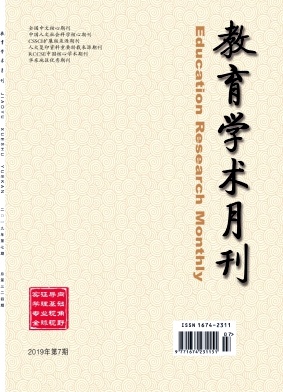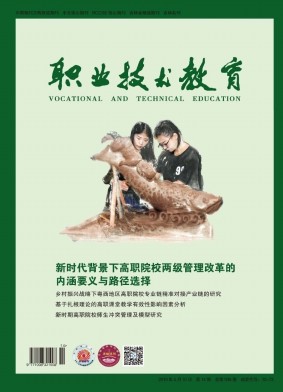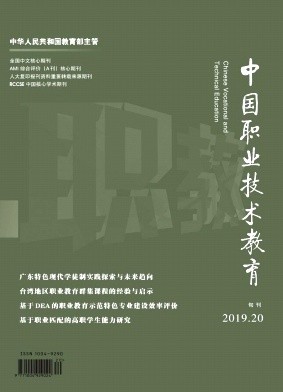摘要 随着水污染防治工作全面推进,我国人民对美好水环境生态需求日益增长,现阶段城市河道整治已进入水生态修复阶段。以上海市宝山区城市河道——老市河为例,结合截污控源及水质提升物理措施(人工疏浚及增氧曝气等),重新恢复以沉水植被为先导的“清水型健康水生态系统”。项目实施后,老市河水下形成以矮生耐寒苦草为主的沉水植被群落,水生态明显恢复,水环境明显改善,同时依据水生态系统跟踪监测分析,老市河水生态系统恢复后对TN、NH3-N及TP的去除率分别达71%、83%及71%,水质长期稳定在地表水V类水平。本工程可为后期上海市河道水生态修复提供示范,促进城市的可持续发展。 With the comprehensive advancement of water pollution prevention and control work,our people's ecological demand for a better water environment is increasing.Therefore,the current stage of urban river regulation has entered the stage of water ecological restoration.In this paper,combined with the pollution interception and source control and physical measures to improve water quality to restore the“clean and healthy water ecosystem”dominated by submerged plants in Shanghai,Laoshi river.After the project is implemented the submerged macrophyte community dominated by vallisneria natans is formed underwater,the water ecology is significantly restored,and the water environment is significantly improved.Follow-up monitoring analysis based on after the water ecological restoration of Laoshi river,the removal rates of TN,NH3-N and TP reached 71%,83%and 71%,respectively,and water quality is stable in surface water type V for a long time.The water environment has been significantly improved,which will provide a demonstration for the water ecological restoration of the river in Shanghai in the future and promote the sustainable development of the city.
机构地区 上海市宝山区水利管理所 上海水生环境工程有限公司
出处 《环境生态学》 2021年第4期67-72,共6页 Environmental Ecology




